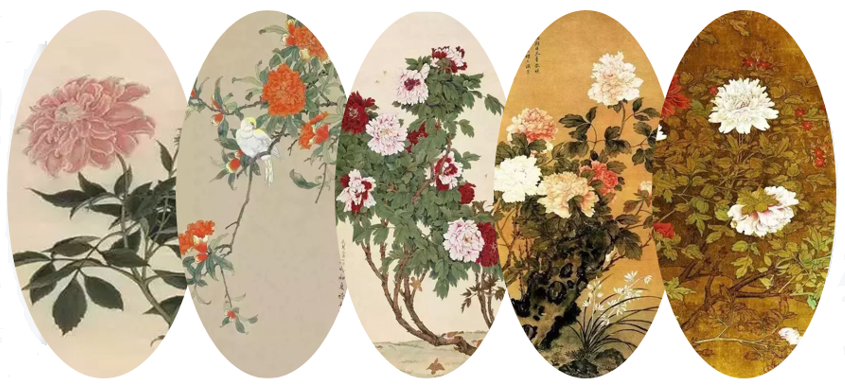Luoyang
Luoyang (ancient name——Zhen xun, Xi Bo, Luo Yi, Luo Jing, Jing Luo, Shen Du, Luo City) is also called Yi Luo because of the two rivers of Yi and Luo in its territory. Luoyang, in central China's Henan Province, was named in honor of its situation north of the Luohe River–a tributary of the Yellow River. In ancient China, such a location, or one at the southern foot of a mountain, was deemed to be yang (meaning the sunny side as opposed to yin). Luoyang was thus named. It is one of the first national historical and cultural cities announced by the State Council, one of the four ancient capitals of China, and a world cultural city.
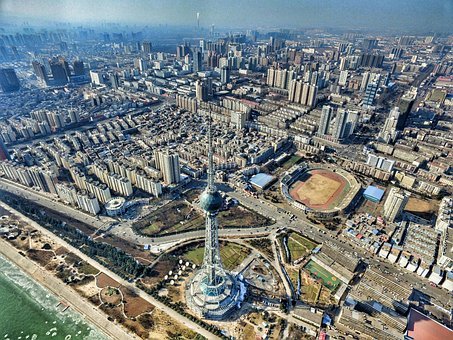
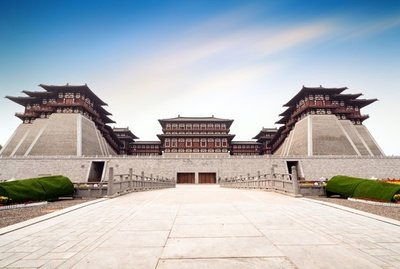
Luoyang has a history of more than 5000 years of civilization, 4000 years of city-building and 1500 years of capital-building. Thirteen dynasties, including Xia Dynasty, Shang Dynasty, Western Zhou Dynasty, Eastern Zhou Dynasty, Eastern Han Dynasty, Cao Wei Dynasty, Western Jin Dynasty, Northern Wei Dynasty, Sui Dynasty, Tang Dynasty, Wu Zhou Dynasty, Later Liang Dynasty, Later Tang Dynasty and Later Jin Dynasty, established their capitals in Luoyang, which is known as the ancient capital of thirteen dynasties.
Luoyang is located in the Central Plains, the territory of the mountains and rivers, west of the Qinling Mountains, across the Hangu Pass is Shaanxi Guanzhong Plain, east of the Songshan Mountains, north of the Taihang Mountains and the Yellow River, south of the Fuyu Mountains. There is a saying that "Luoyang is surrounded by rivers and mountains and the situation is better than that of the world". Luoyang, known as "the center of the world," is one of the birthplaces of Chinese civilization and the Chinese nation, one of the eastern starting points of the Silk Road and the central hub of the Grand Canal of the Sui Dynasty. Luoyang is famous for its peony and many historical and cultural relics such as Longmen Grottoes and White Horse Temple, and is known as the "Millennium Imperial City, Peony Flower City."
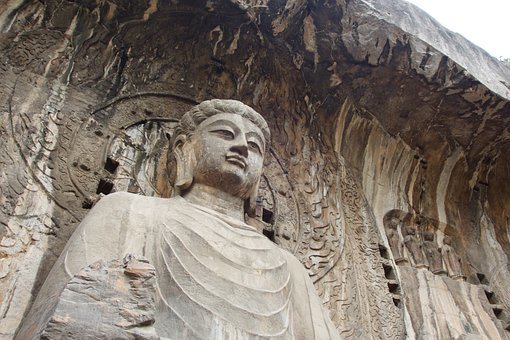
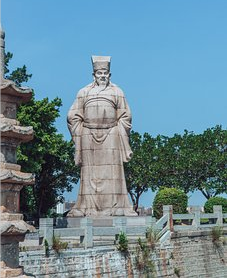

From Xia Dynasty to Tang Dynasty, from Erlitou Site to the Site of the Sui-Tang Period Capital Luoyang, Luoyang has been the capital city for thousands of years. Luoyang was first built in the Xia Dynasty (Erlitou Site) and is the main birthplace of the Chinese civilization and the Chinese nation. The five capital city sites lined up along the Luo River, namely, the Erlitou Site, the Capital Site of the Shang Dynasty, the Capital Site of the Eastern Zhou Dynasty, the Site of the Han-Wei Period Capital Luoyang, and the Sui-Tang Period Capital Luoyang, are rare in the world. As the cradle of the Yellow River civilization, the birthplace of Helo culture, the coordinates of ancient Eastern cities, and the spiritual home of traditional Chinese culture, Luoyang has an unparalleled amount of tangible and intangible cultural heritage. There are 43 national cultural relics protection units with more than 400,000 pieces of relics in the collection. Luoyang is the birthplace of Helo culture, the foundation of Confucianism, the origin of Taoism, the first transmission of Buddhism, the formation of metaphysics, and the origin of Neo-Confucianism, where all kinds of cultural ideas coexist.
Hetu Luosliu known as the "Ancestor of All Classics", is the source and core of Chinese civilization, and the He Luo culture, represented by the "Hetu Luosliu", is the ancestral root and cultural source of all the Chinese people at home and abroad. Luoyang is also the cultural root and ancestral lineage of Chinese people all over the world. Luoyang is the ancestral home of 100 million Hakka people worldwide and the origin of 70% of China's clans. It is not only the head of Chinese civilization but also the source of civilization radiation.
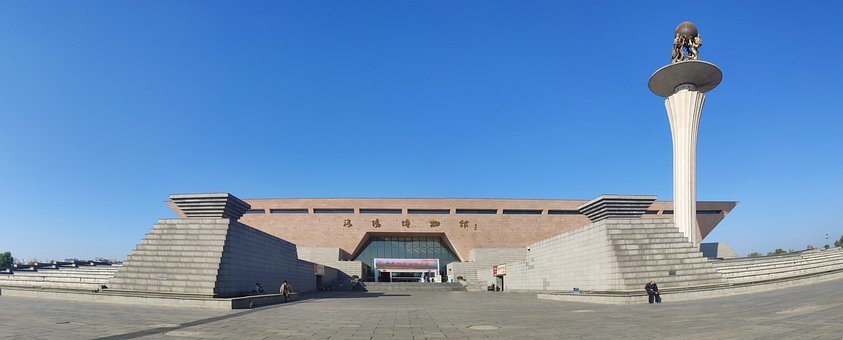
As the eastern starting point of the Silk Road and the center of theSui-Tang Grand Canal,Luoyang has been ranked among the world's major cities six times. Currently, there are 5 5A-level scenic spots, 12 4A-level scenic spots and 16 3A-level scenic spots. There are many scenic spots with the charm of both north and south scenery, such as the Yellow River Xiaolangdi Scenic Tourist Area, the World Geological Park Demei Mountain, the National Forest Park Baiyun Mountain, the "First Cave in the North" —— Jiguan Cave, Laojun Mountain, the "Water Town of the North" —— Chongdugou, Long Yuwan, Tianchi Mountain, Xitai Mountain, Shenlingzhai, etc. There are four large forest parks in and around the city, including Zhoushan Mountain, Longmen Mountain, Xiaolangdi and Shangqing Palace, as well as the Sui Tang City Ruins Park.
Luoyang peony was first planted in Sui Dynasty, flourished in Tang Dynasty, and ranked first in Song Dynasty. With a history of more than 1500 years, it has formed 9 color systems, 10 flower types and more than 1200 varieties. It is beautiful, elegant, magnificent and fragrant. Luoyang has been named "Peony Capital of China".
